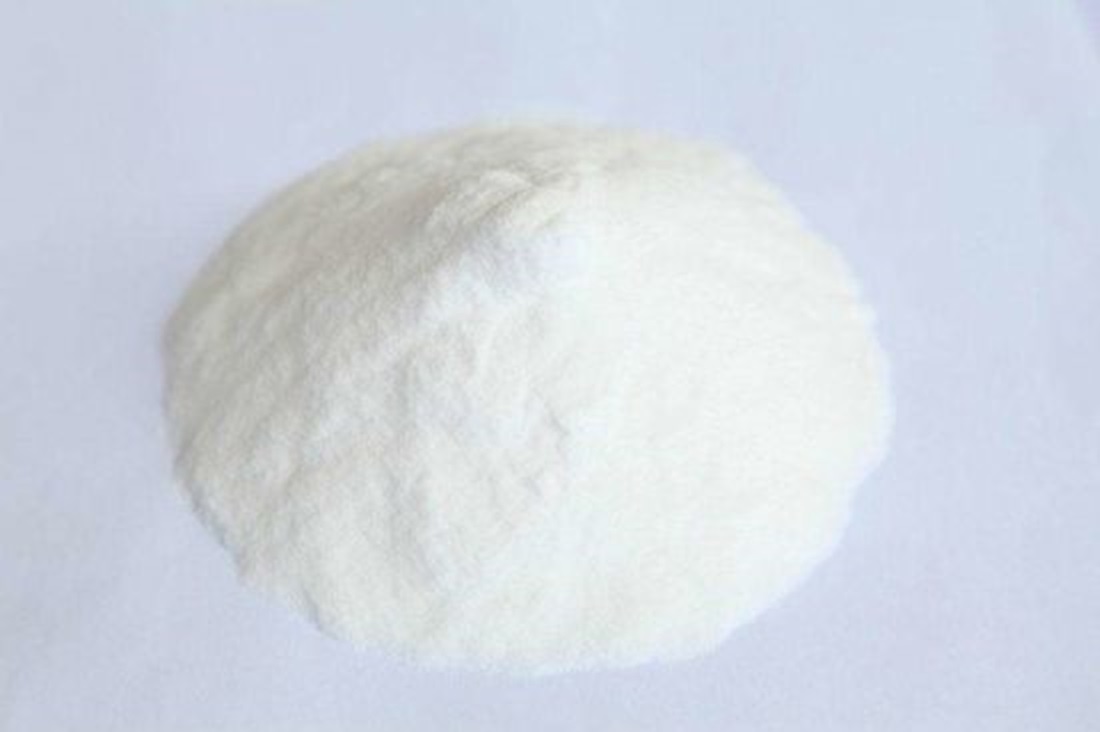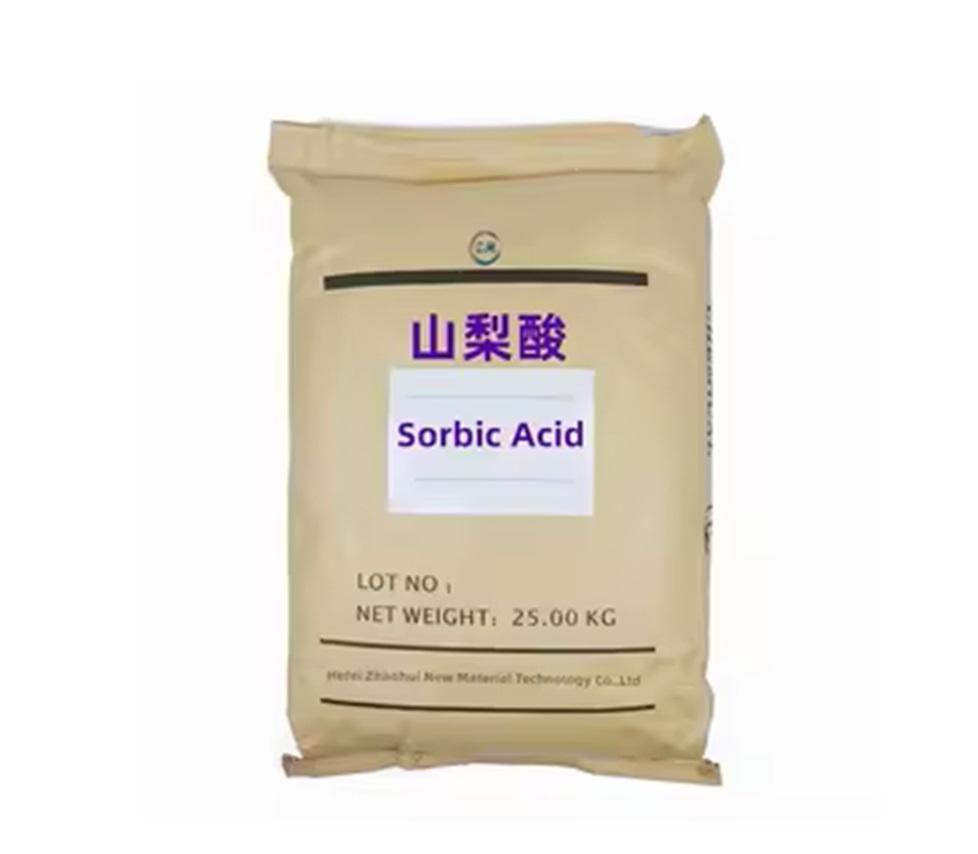We unleash your business potential by maximize the business innovation.
Send EmailE200, Sorbic Acid, Sorbistat, 110-44-1
Molecular Formula (Sorbic Acid); C6H8O2
Molecular Weight; 112.13 g/mol
Chemical Name; Sorbic Acid
CAS Number; 110-44-1
The most widely used food preservative worldwide is sorbic acid. It is a naturally occurring compound. It is extremely effective in preventing mold growth, which is the cause of spoilage and fatal diseases in foods. It is a compound with antimicrobial properties.
The form used in the world market is produced synthetically.
The COOH (Carboxyl Group) of the compound is very reactive. It can form salts with Calcium, Sodium and Potassium.
Molecular Formula: C6H8O2
Other Names:
Sorbic Acid
2-Propenylacrylic Acid
2,4-Hexadienoic Acid
Sorbistat
Trans-trans-2,4,hexadienoic acid
E 200
Sorbic Acid Physical and Chemical Properties:
It is found in white powder or crystals. Its melting point is 134.5 °C. It has a slightly acidic and irritating odor.
It is a tasteless substance. It has good solubility in water. It is also soluble in ethanol.
Its density is 1.2 gr/cm3. It is stable under standard storage conditions.
Boiling Point is 228 °C.
Melting Point: It is between 132-135 °C.
Its flash point is 127 °C.
It is soluble in many substances. It has very good solubility in ether. It is also soluble in oil.
Its solubility in water increases as the temperature increases. Its solubility in alcohol increases as the alcohol percentage increases, its solubility increases at a high rate. Its solubility in sugar decreases as the sugar percentage increases.
It can be found in powder, granule and solution form. And it can be encapsulated.
Where are the Areas of Use of Sorbic Acid?
It is generally used in foods due to its preservative properties.
Sorbic Acid and Phospholipid have a wide antimicrobial spectrum when used together. It has an inhibitory effect on bacteria, yeast and molds. At the same time, phospholipid has the ability to soothe the skin. Due to this feature, it has an important role in the production of wet wipes.
It is used by modifying it with calcium propionate to extend the shelf life of bread and yufka and prevent microbial growth. Because; Mold and bacteria formation occurs due to high humidity and pH.
In case of yeast being used in famous products, Sorbic Acid reduces the efficiency of the yeast. Therefore, this compound should not be used if yeast is used.
The carboxyl group tends to react with ions very easily. Sorbic acid is used to protect meats due to its antimicrobial properties to inhibit substances found in foods that produce bacteria.
It is used to increase flavor and color in foods.
It is used as a stabilizer in syrups and finished drinks.
It is used to prevent rust, corrosion and lime formation on metal surfaces. Corrosion inhibitors produced with Sorbic Acid are produced to prevent corrosion of more specific metals.
It is an antimicrobial agent. At the same time, it creates a feeling of satiety in people.
It has a chemical feature with a mechanism of action to be added after long-term boiling and cooking in the production of heat-treated products.
It is used to preserve freshness in foods by using its antimicrobial properties.
Its advantage over other food preservatives such as propionic acid or benzoic acid is that it does not spoil the taste of the final product. Therefore, it is consumed more.
It has 2 different effects in the cosmetics sector. The first is the feature of inhibiting microbes. The other is the effect of preventing the spoilage of the product it is used in.
Animal feeds contain mold and mold spores. The reason for these is the organic matter content. Sorbic acid is used to prevent mold formation in animal feed production. If mold in the feed cannot be prevented, the feed quality decreases and can harm the fed animals. In the medical field, it is added as a microbial inhibitor in liquid drugs and nutrient solutions injected intravenously in drug production.


